February is almost over – it’s still a week until March, but the last Sunday of the month is always “Bake Together” Sunday! Andrea from Zimtkeks & Apfeltarte and I get together and bake something (at least virtually – we live far away from each other). Carnival is quite a big celebration in most areas of Germany, so making something carnival-themed was quite obvious for today’s task. Swiss Fasnachtsküchle are a perfect snack for Carnival – so let me show how to make them ;)

Once a month Andrea and I decide on a topic and get busy baking in the kitchen. Carnival already started all over Germany and fried stuff is very popular these days. Probably not only here in Germany ;) Well… Andrea is from the Frankfurt area and I call the Lake of Constance home which is deep in the south of Germany – two very different areas when it comes to celebrating carnival. It starts with different names for the celebration – Karneval vs. Fasnet. Same for the sweets that are popular in these two areas around carnival…
I made a delicious snack from Switzerland today. There is one bake that is popular all over Germany called Berliner or Krapfen or Kreppel or Pfannkuchen or Bollen (many names for one fried donut thingy), but I actually like the Swiss stuff better. Fasnachtsküchle are basically thin circles of dough that have been fried until bubbly and crispy and then dusted with confectioners’ sugar. Every time you take a bite it’s a huge mess… the thin cake breaks in many spots and causes the powdered sugar to go in every direction possible. But who cares if it’s delicious, right?! ;)

If you want to make something different for carnival (or any other time of the year actually) – you should try these fellas here. The dough is pretty easy and simple to make. Getting them very thin can be a bit annoying. You have to be able to read a newspaper or magazine through the dough – that thin ;) The dough is quite flexible and tends to spring back when rolled out. You can roll out in several rounds to get the circles bigger each time or you can use my little trick you can see in one of the pictures. Roll out a piece of dough very thinly and then place it on the back of a bowl. You can pull the dough to get it even thinner there and if you leave it on the bowl for some time it will not spring back and keep the shape.
Well… enough chitchat. I want to know what Andrea made today! I think it will be something fried as well :P In case you are celebrating carnival – have a good time but don’t get lost! Happens a lot on German carnival parties. People disappear for three days then suddenly appear again with very painful headaches at work the following week :P I have to go and open all the windows in my kitchen to get all that fatty smell out. Have a good one!
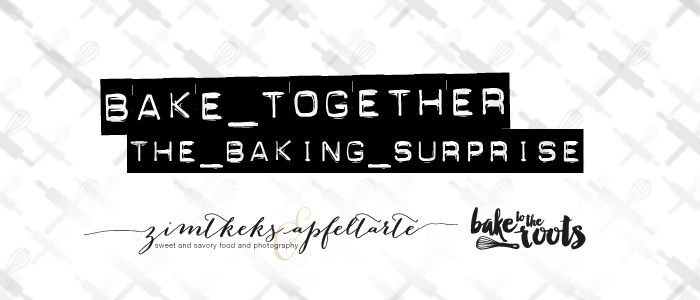
INGREDIENTS / ZUTATEN
(about 24 pieces)
2 medium eggs
2 tbsp. sugar
1.7 fl. oz. (50ml) heavy cream
1/2 tsp. vanilla extract
pinch of salt
10 oz. (280g) all-purpose flour
1 tbsp. butter, at room temperature
fat/oil for frying
confectioners’ sugar for dusting
(ca. 24 Küchle)
2 Eier (M)
2 EL Zucker
50ml Schlagsahne
1/2 TL Vanille Extrakt
Prise Salz
280g Mehl (Type 550)
1 EL weiche Butter
Fett zum Ausbacken
Puderzucker zum Bestäuben


Your really have to roll out the dough very thinly – only then you will get super crisp cakes. Also – the dough should not get too dry. If your dough circles are dry when adding them to the hot fat you will most likely not get that bubbly surface we want. So roll out thin, cover, fry, try to wait a minute, dust with sugar and then devour :P
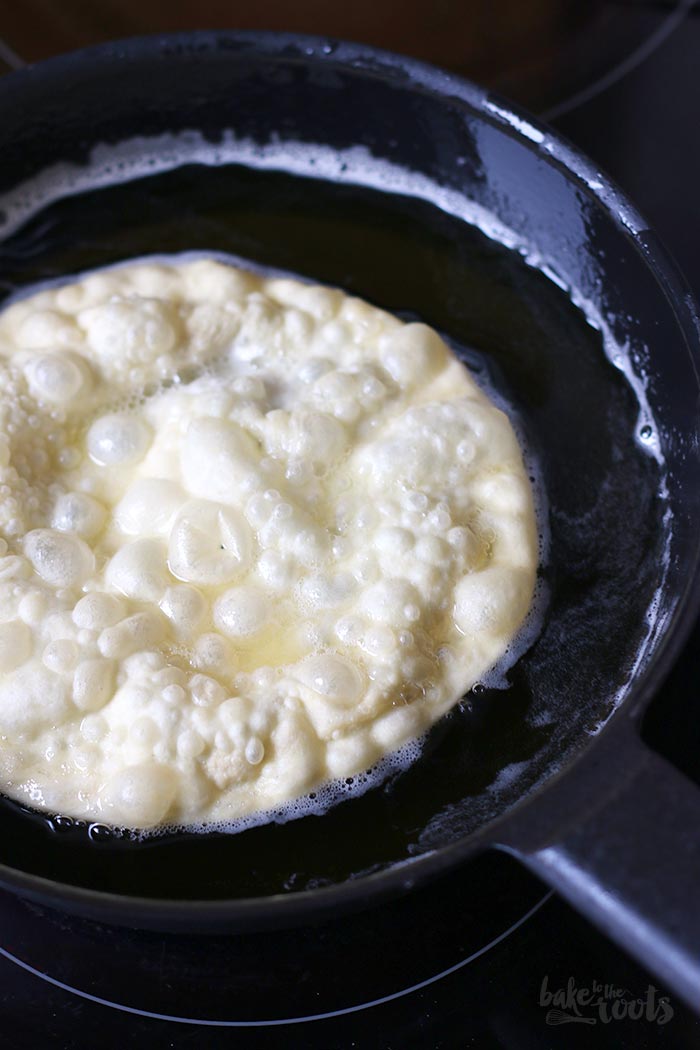
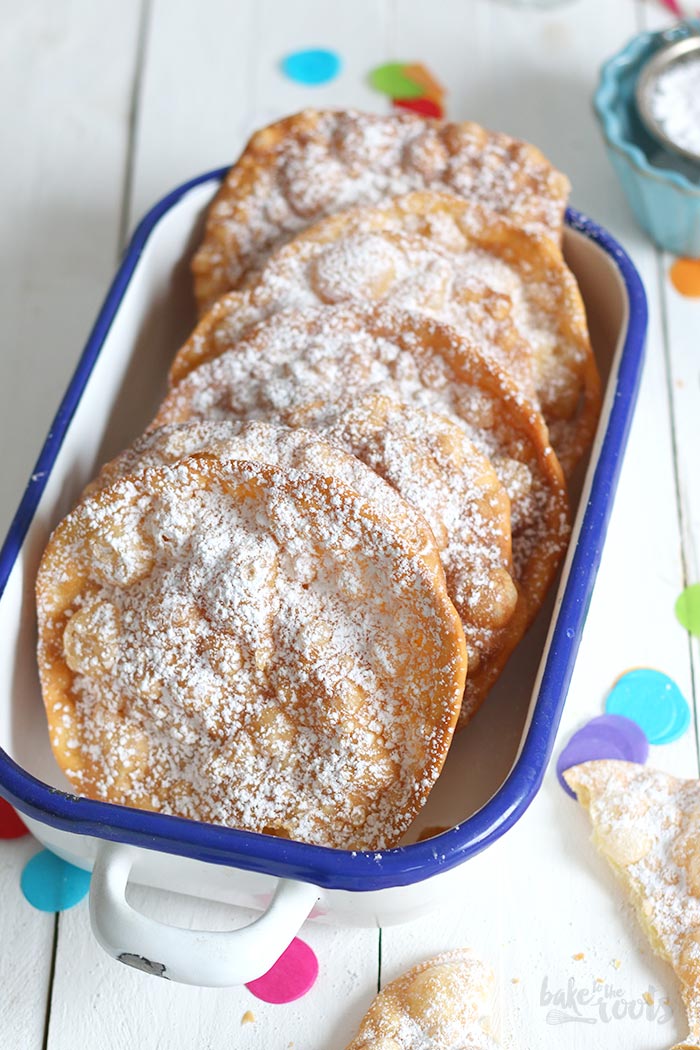
DIRECTIONS / ZUBEREITUNG
1. Mix the eggs with sugar, heavy cream, vanilla extract, and salt in a large bowl until well combined. Add the flour and butter and knead until you get a nice smooth dough. The dough will be quite sticky, but that is ok. Cover and let rest for about 30-40 minutes.
2. Divide the dough into roughly 24 walnut-sized pieces and roll out each piece of dough to a very thin round circle. You should be able to see through the dough – that thin. The dough is very elastic and wants to spring back when rolled out. I had a good experience rolling out the dough and then place it on the back of a round small bowl for some time so it keeps the shape and size and then placing it on a clean kitchen towel. Cover so the dough won’t dry out.
3. Add the fat/oil to a frying pan or pot and heat up to a temperature of about 340°F-356°F. Add the dough circles one after another to the hot fat/oil and fry from both sides until crisp. The Fasnachtsküchle should have a lot of small bubbles and a light golden color. Let drain and cool down on a plate with a piece of kitchen paper – dust with confectioners’ sugar and serve. The Fasnachsküchle should be stored in an airtight container.
1. Die Eier mit Zucker, Sahne, Vanille Extrakt und Salz in einer Schüssel gut verrühren. Das Mehl und die weiche Butter dazugeben und alles zu einem glatten Teig verkneten. Ihr könnt erst mit der Maschine arbeiten, zum Ende solltet ihr aber noch ein wenig mit den Händen kneten. Den Teig abdecken und für 30-40 Minuten ruhen lassen.
2. Den Teig in etwa 24 walnussgroße Stücke aufteilen und dann sehr dünn ausrollen oder ausziehen. Der Teig ist sehr elastisch und möchte sich immer zusammenziehen – mir hat es geholfen die Teigkreise nach dem Ausrollen über den Rücken einer kleinen runden Schüssel zu ziehen und dort etwas “entspannen” zu lassen – so behalten sie eher die Form. Die Teigkreise auf ein sauberes Küchentuch legen und dann abdecken, damit sie nicht austrocknen.
3. In einer Pfanne das Fett zum Ausbacken auf eine Temperatur zwischen 170°C und 180°C bringen, die dünnen Teigkreise nacheinander im heißen Fett frittieren – dauert je nach Dicke etwa 2-3 Minuten. Die Fasnachtsküchle sollten viele Blasen werfen und eine leicht goldene Farbe bekommen – nicht zu dunkel werden lassen. Die Küchle auf einem Teller mit Küchenpapier abtropfen lassen und dann mit Puderzucker bestreuen, sobald sie kalt sind. In einer luftdichten Dose aufbewahren.
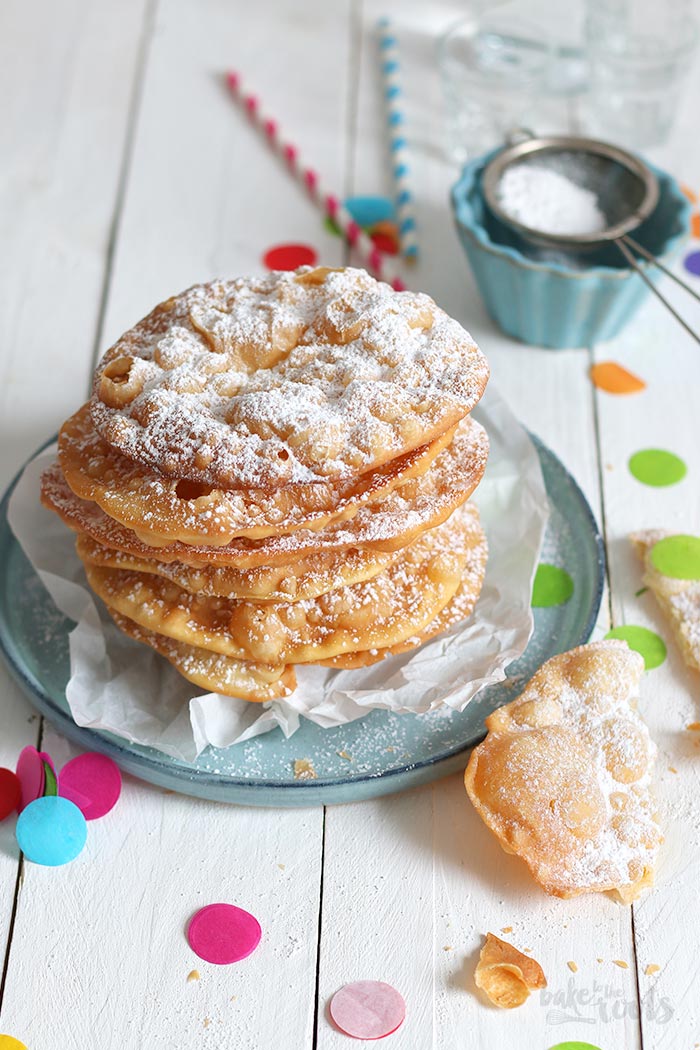

Craving more? Keep in touch on Facebook, Twitter, Instagram and Pinterest for new post updates and more. You can also contact me with any questions or inquiries!
Here is a version of the recipe you can print easily.
Print
Swiss Fasnachtsküchle aka. Carnival Fritters
- Prep Time: 40m
- Total Time: 1h 20m
- Yield: 24
- Category: Snacks
- Cuisine: Swiss
Description
Delicious sweet snack from Switzerland: Swiss Fasnachtschüechli aka. Swiss Carnival Fritters. Crunchy, sweet, and delicious!
Ingredients
Instructions
Notes
Enjoy frying!
Links marked with an asterisk (*) are affiliate links (advertising/Werbung) to Amazon Germany. If you click on one of those links and buy something via this link, I will get a commission for that sale. The price of whatever you buy is not affected in any way by this.




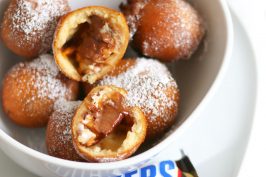
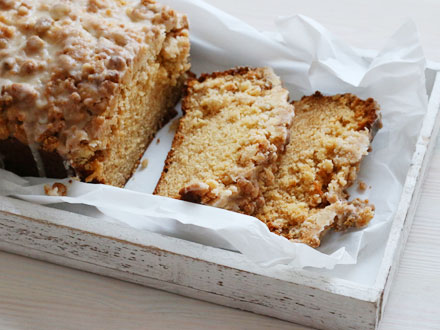

 I love my job, but in between I love to bake and try new things in the kitchen. A lot of my friends and colleagues encourage me to bake - for a very simple reason: they get the leftovers - and it seems they like it most of the time ;)
I love my job, but in between I love to bake and try new things in the kitchen. A lot of my friends and colleagues encourage me to bake - for a very simple reason: they get the leftovers - and it seems they like it most of the time ;) 











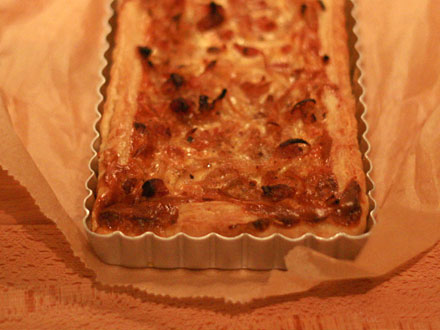
Das Rezept für Fasnachtskiechli ist prima. Ebenso wie der Blog. Eine Bitte, es sind Kiechli aber niemals Küchle, denn dann wären wir im Süddeutschen Dialekt. Ich fände es sehr gut, wenn Du/Sie das ändern würdest.
Fasnachtskiechli kommen traditionell aus Basel. Sie werden nicht abgebissen sondern gebrochen und in den Mund gelegt. Werden übrigens auch zur Kirchweihe gereicht.
Es griessli us Basel.
Ich komme aus Süddeutschland und bei uns heißen die Küchle ;)
Thanks for posting this recipe. I have one in German from my mother (Swiss native) but it’s hard to read (translate) and her instructions often lack details. I’m hoping to adapt my version to your instructions. Her ingredients are slightly different than yours but very close.
Milk instead of cream
No vanilla (I think I may add that)
A couple tablespoons of Kirsch brandy (Swiss seem to like to put this in everything)
Hi Roland,
every swiss family has their own recipe for these fritters I guess ;)
Vanilla Extract is not really common in traditional bakes – way too modern stuff ;P But it’s a nice addition… so is the booze I guess ;)
Cheers
Marc